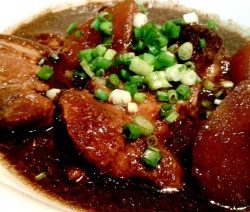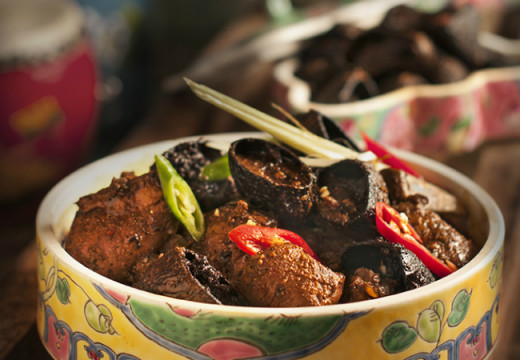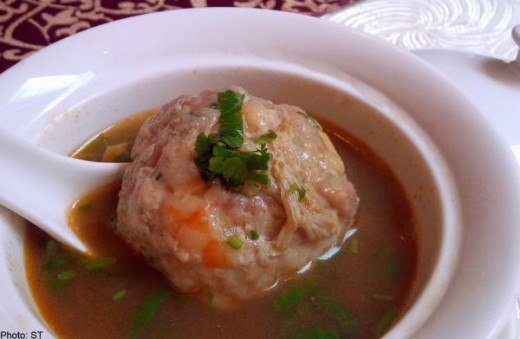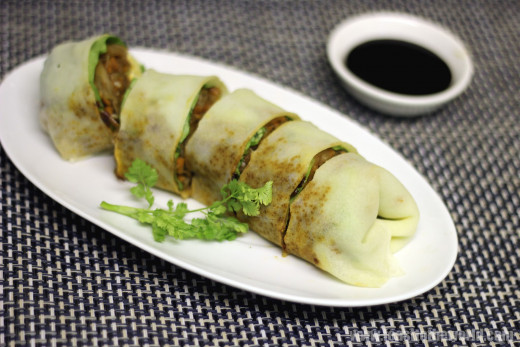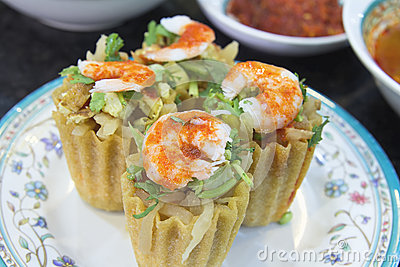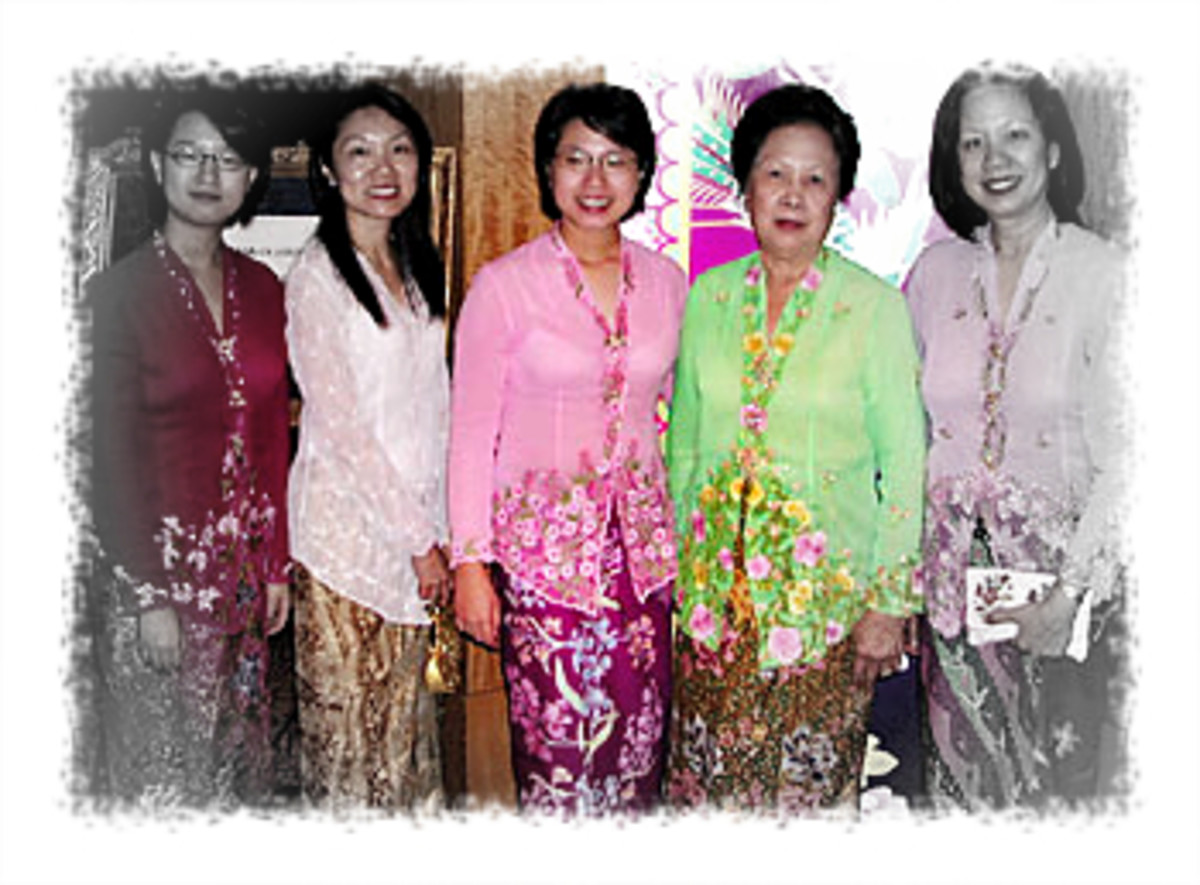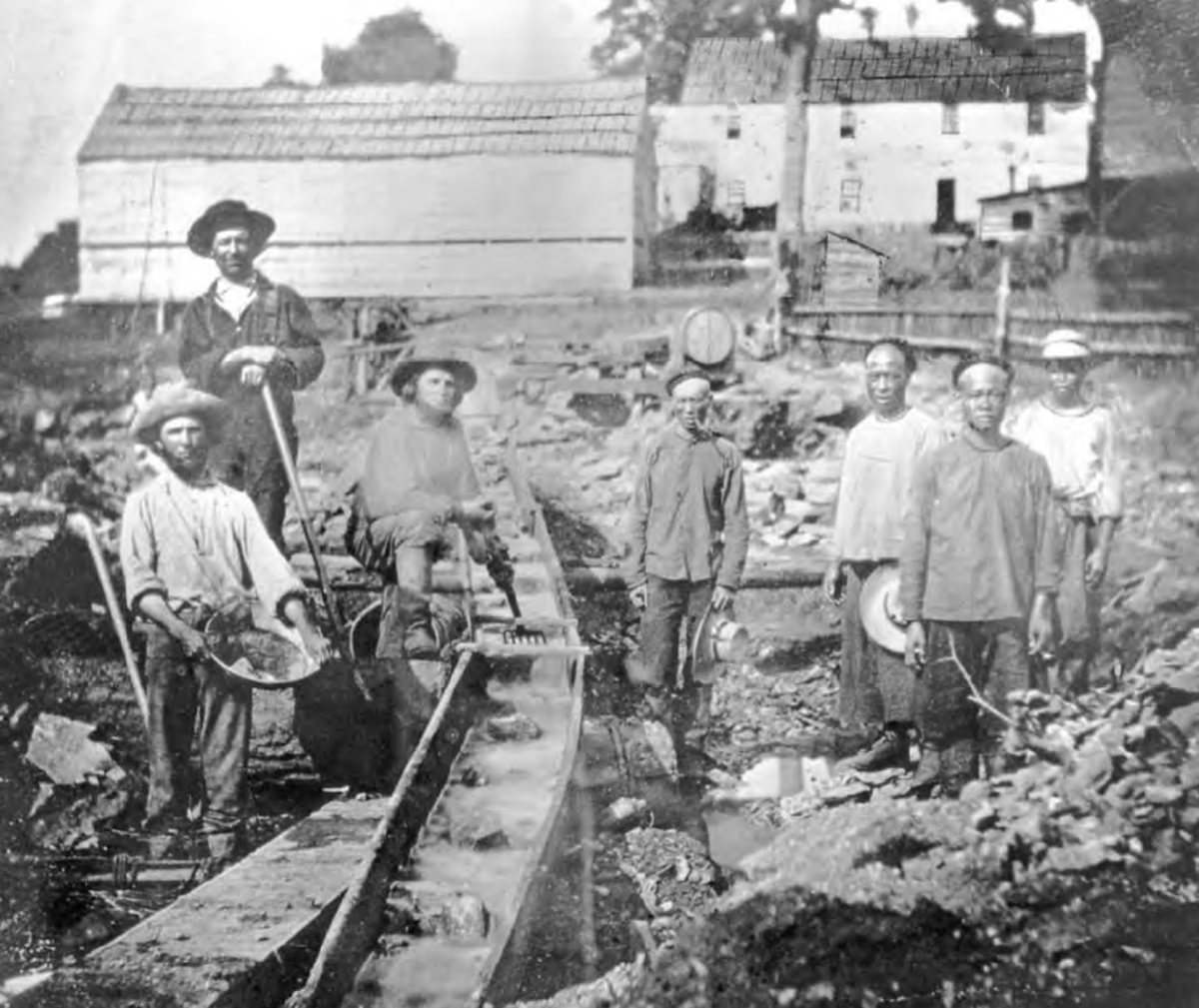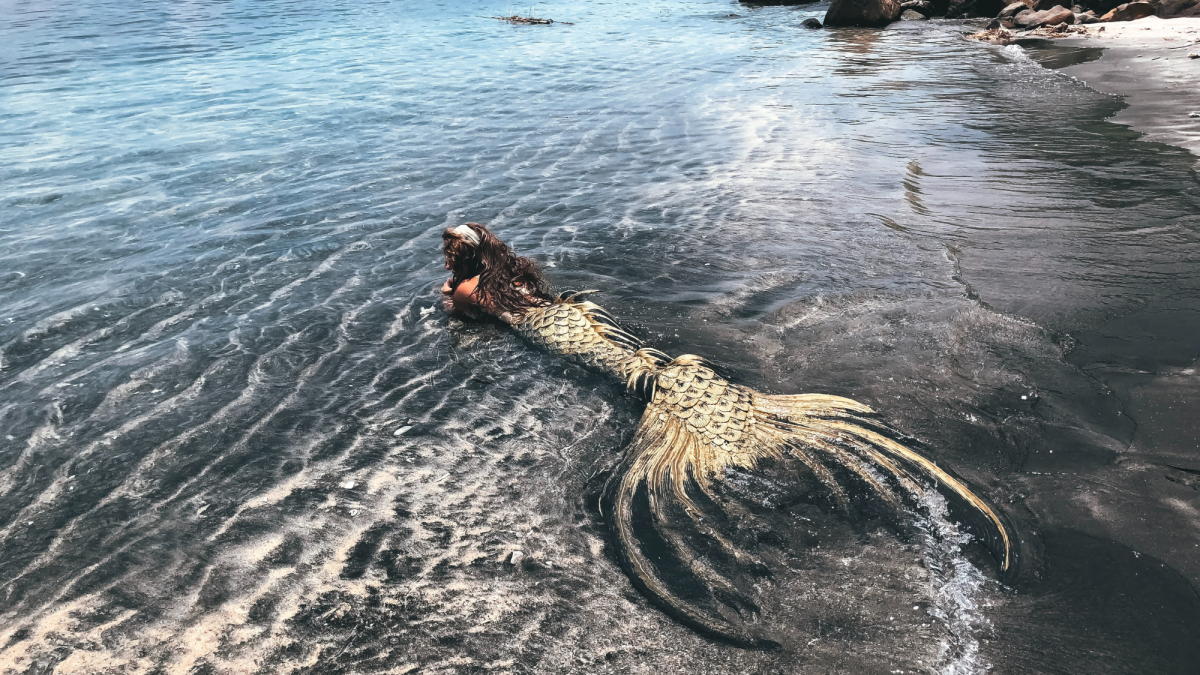The hallmarks of Peranakan culture
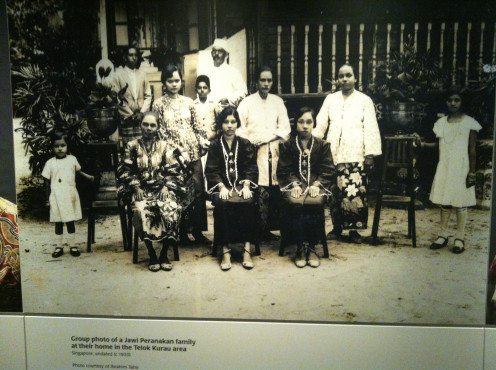
The Peranakans, though a small ethnic minority, have a rich culture. Those who are not familiar with these multifarious people will want to know who they are.
Many of their dishes have become fascinating hallmarks of their culture. A unique marriage of flavors, they are a clear reflection of this ethnic group.
You can tell a Peranakan from his dress sense. His quirky habits will point him out as well.
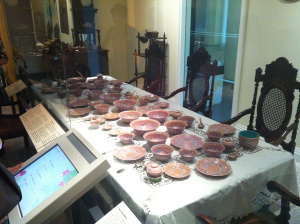
Who are the Peranakans?
"Peranakan" is a term usually used to refer to those born in the Straits Settlements or elsewhere in the Malay Archipelago. Chinese communities who settled in South East Asia between the 15th and 17th centuries adopted the term "Peranakan" to set themselves apart from Chinese immigrants. The women were known as Nonyas while the men called themselves Babas. This forward-thinking community, which extols equality and fairness, believes that everyone, male or female, is an important member of the family.
These communities retained their Chinese beliefs while adopting the Nusantara customs prevalent in the Indonesian archipelago. They even devised Baba Malay, their version of the Malay language.
Over the years, they have developed cuisine, food and quirky habits that distinguish them from other Chinese communities in South-East Asia.





Which of these would you like to try/
Classic Peranakan food
A clear hallmark of Peranakan culture is its food. The world, and South East Asians in particular, recognize the Peranakans for being fabulous cooks. The spices they use will leave your mouth open, and watering.
First on their list of classic dishes is Ayam Buah Keluak. This trademark Peranakan dish is a unique blend of chicken (ayam), mushrooms, spices and Keluak, or fruit from the Keluak tree that is native to the mangrove swamps of South-East Asia. Pork was a staple of early Peranakans, so original Buah Keluak dishes consisted of pork. Present day Buah Keluak, which has chicken as its main feature, is still popular today.
Babi Pongteh, a divine dish of succulent pork languishing in gravy made of fermented soybean, is next on the list. Potatoes, bamboo shoots and black mushrooms complement the pork. This mouthwatering combination makes a full-bodied stew.
Popiah, or egg rolls with bamboo shoots within, makes a perfect dish for community bonding. Relatives layer lettuce, chili, black bean sauce, turnip, omelette and prawn on crepe-like egg skin before rolling the combination up and tucking in. The dish is to die for.
Then, there is Bakwan Kepiting, or crab meat ball soup. Chefs mould small flower crabs, or kepiting, with minced pork to create the meatballs that float in a clear broth. This is a filling dish that satisfies the family.
Duck lovers, prepare your tastebuds for Itek Tim. This braised duck soup goes well with a glass of brandy. Consisting of duck and salted vegetables in a pork-based soup, this dish is a perfect course to include in any dinner. Tamarind gives it an extra tang.
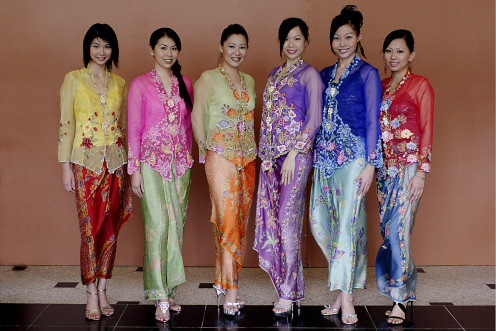
Typical Peranakan clothing and accessories
You can tell Peranakans by the clothes they wear. Made of intricate and ornate materials, Nonyas (female Peranakans) and Babas (male Peranakans) of earlier generations donned them daily.
The first on this list of clothes and accessories is the Kerosang. This is a set of three interlinked brooches made of silver or gold. Wealthy Peranakan women would make their Kerosangs stand out with diamonds.
Then, there is the Tali pinggang or chain-link silver belt. More than an accessory, it indicates a Nonya matriarch's status. Some of these belts would sport an ostentatious gold buckle.
Male and female Peranakans wear Sarongs, or cloth with intricate Batik designs. Originating from Indonesia, their colors and motifs distinguish the village they come from.
The Nonya Kebaya identifies a Peranakan woman. It is a translucent blouse made of lightweight voile, and comes in various colors. Sulam, or various embroidered motifs, decorate the blouse. The nonya usually wears this semi-transparent blouse over a camisole, and secures it firmly with a kerosang. A sarong, secured by a Tali Pinggang, completes the outfit.
A Nonya needs proper shoes to match this fetching outfit. Kasot Manek, or beaded slippers, fit the bill. The beads are painstakingly embroidered by hand on canvas or cotton fabric. Motifs, usually flowers, are hand-woven as well.
The Martha Stewart Show-The Peranakans
Interesting Peranakan habits
The Peranakans are a dynamic, albeit slightly quirky race. They have off-the-wall habits that set them apart from other ethnic groups.
Their Indonesian cum Chinese heritage gives them their quintessential character. The early Straits Born Chinese made their own language. They speak a Patois form of Malay known as Baba Malay. Like other pidgin versions of languages, it is different in terms of accents, syntax and vocabulary. A snake, known as "ular" in Bahasa Malay, is "uliar" in Baba Malay.
To speak of language, the Peranakans are experts at swearing. A child's misdemeanor would make a Peranakan mother melatoh and charok (curse and swear). The Nonya is famous for her caustic tongue, and wielding a cane when her child misbehaves.
She is also good at playing Cherki, a game played with two decks of 60 cards. The aim of the game is to form three sets of three cards of the same value. Three cards of the number 5 form one set, while three cards of the number 7 form another, and so on. Each set is worth points. As an example, the set of 5 would total 15 points. Players discard cards they do not want in a pile until they have only eight cards. This should have only two of the abovementioned sets of three, and a couple. Anyone who makes this arrangement calls out "cherki. She places the cards in front of her to let others know that she is waiting to add the last card to her couple. She wins when she forms three complete sets of three.
The Peranakan culture, though less known, has features that make its presence clear.

